When life gets busy, it’s easy to grab whatever snack is closest, even if it’s far from healthy. But with clean protein bars, you don’t have to compromise. These bars are made with wholesome ingredients, minimal processing, and just the right amount of protein to support your day whether it’s post-workout or mid-commute.
Clean protein bars align with a “clean eating” philosophy, emphasizing whole, unprocessed foods and minimizing artificial additives. They offer a convenient way to fuel your body with wholesome ingredients, supporting your health and fitness goals without compromising your commitment to clean eating.
This comprehensive guide will delve into the principles of clean eating, explore the benefits of incorporating clean protein bars into your diet, and provide practical guidance on how to choose the best clean protein bars for your individual needs and preferences.
We’ll discuss the importance of reading ingredient lists, highlight key ingredients to look for (and those to avoid), and address common questions about clean protein bar consumption.
While specific product recommendations will be limited due to missing information, this guide will equip you with the knowledge and tools to navigate the protein bar aisle with confidence and make informed choices that align with your clean eating lifestyle.
Table of Contents
What is Clean Eating?
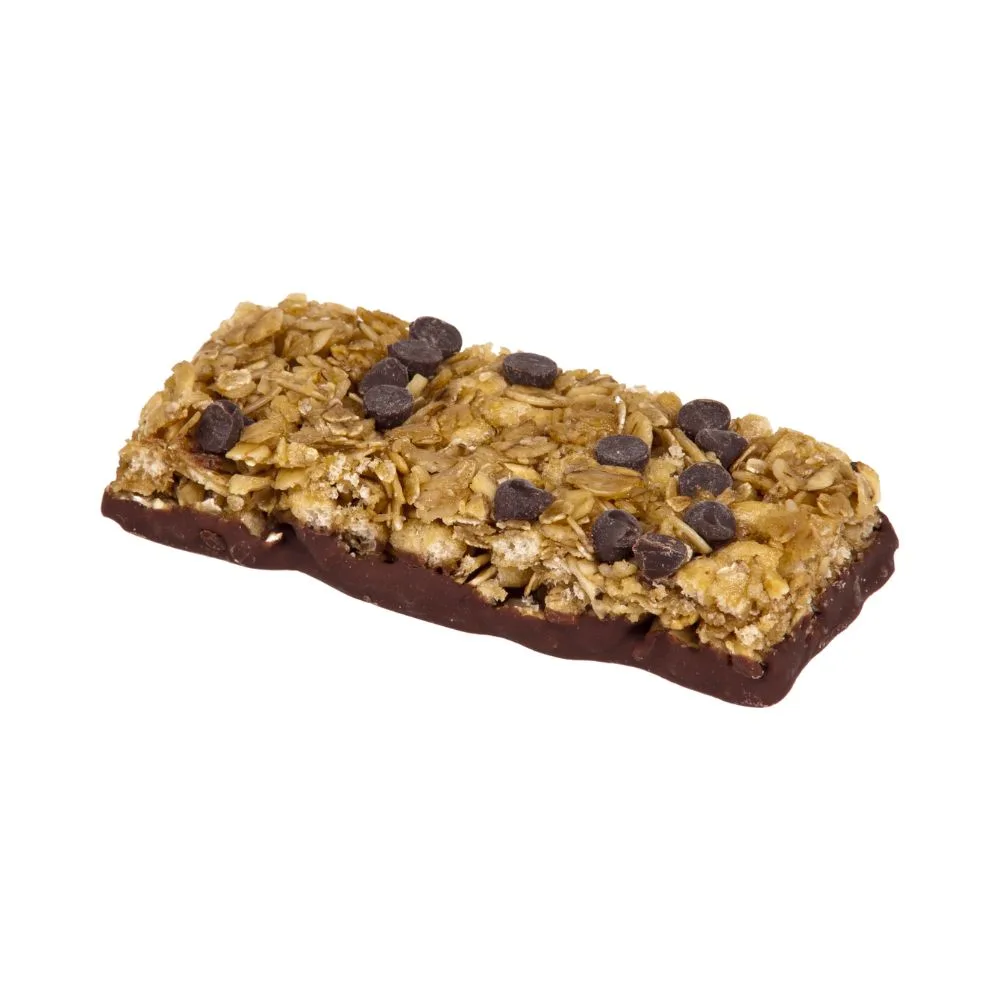
Clean eating is more than just a diet; it’s a holistic approach to food and lifestyle. It emphasizes consuming whole, unprocessed foods in their most natural state, while minimizing or eliminating highly processed and refined foods. The core principles of clean eating include:
Benefits of Clean Eating:
Adopting a clean eating approach can have numerous positive effects on your health and well-being:
Clean Protein Bars: A Convenient Clean Eating Option:
Clean protein bars can be a valuable addition to a clean eating lifestyle, offering a convenient and portable way to boost your protein intake, especially when you’re on the go.
They can be used as a snack between meals, a post-workout recovery option, or even a meal replacement (occasionally). However, it’s crucial to choose clean protein bars that align with the principles of clean eating.
What to Look for in a Clean Protein Bar :
Navigating the protein bar aisle can be daunting, but here are key criteria to consider when choosing a clean protein bar:
Addressing Common Concerns and Myths:
Top 10 Clean Protein Bars:
1. Best Overall: Rise Protein Bars
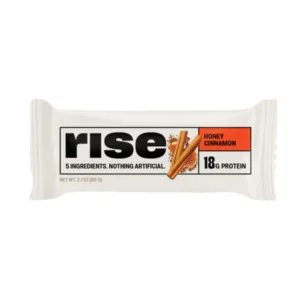
Key Features:
-
- 20 grams of protein (from whey protein isolate)
- 4 grams of fiber
- 13 grams of added sugar
- 280 calories per serving
- Only 3 ingredients (almonds, honey, and whey protein isolate)
2. Best Budget: Power Crunch Protein Energy Bar
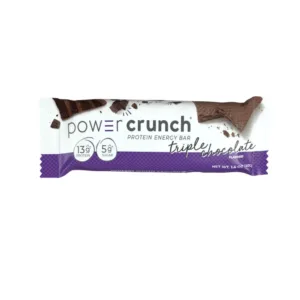
Key Features:
-
- 14 grams of protein (from whey blend)
- 11 grams of carbs
- 5 grams of added sugar
- 220 calories per serving
3. Best Vegan: Go Macro Dark Chocolate + Almonds Protein bar
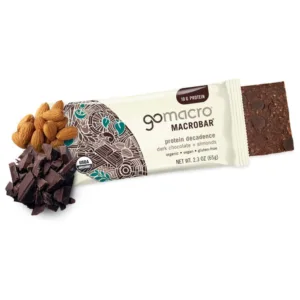
Key Features:
-
- 10 grams of protein (from sprouted brown rice and peas)
- 35 grams of carbohydrates
- 14 grams of added sugar
- 270 calories per serving
4. Best Gluten-Free: Elemental Superfood Dark Chocolate + Almond Butter Seed Bar
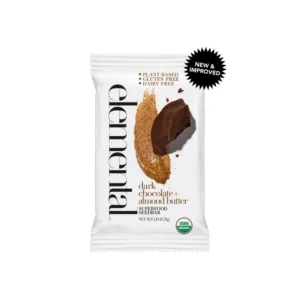
Key Features:
-
- 7 grams of protein (from seeds and almonds)
- 16 grams of carbs
- 8 grams of added sugar
- 230 calories per serving
5. Best Raw: Papa Steve’s No Junk Raw Protein Bars
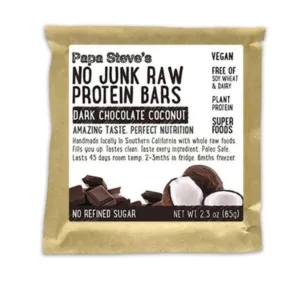
Key Features:
-
- 12–20 grams of protein (from raw whey or vegan protein sources)
- 31 grams of carbs
- 16 grams of added sugar (from dates and fruit)
- 315 calories per serving
6. Best High Fiber: ALOHA Organic Plant-Based Protein Bars
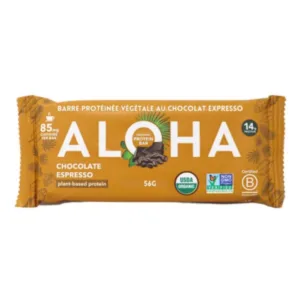
Key Features:
-
- 14 grams of protein (from brown rice and pumpkin seed protein)
- 25 grams of carbs
- 10 grams of fiber
- 2 grams of added sugar
- 230 calories per serving
7. Best No Added Sugar: RXBar Chocolate Coconut
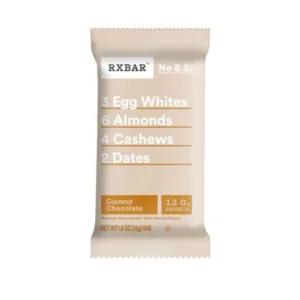
Key Features:
-
- 12 grams of protein (from egg whites and nuts)
- 23 grams of carbs
- 0 grams of added sugar
- 210 calories per serving
8. Best Whey: Barebell Protein Bar (Salty Peanut)
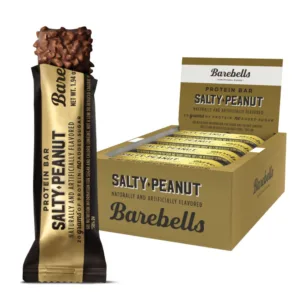
Key Features:
-
- 20 grams of protein (from whey)
- 18 grams of carbs
- 0 grams of added sugar
- 200 calories per serving
9. Best Low-Carb: IQBAR Protein Bars
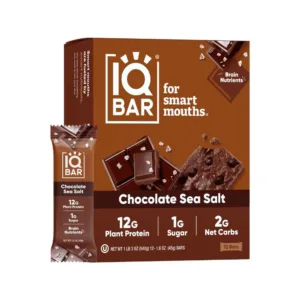
Key Features:
-
- 12 grams of protein (from almonds and flaxseed)
- 11 grams of carbs (3 net carbs)
- 0 grams of added sugar
- 180 calories per serving
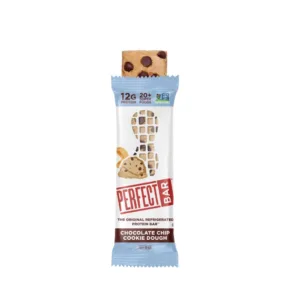
Key Features:
-
- 12 grams of protein (from peanut butter and eggs)
- 25 grams of carbs
- 12 grams of added sugar
- 310 calories per serving
Conclusion:
Clean protein bars can be a valuable tool for anyone looking to embrace a clean eating lifestyle. They offer a convenient and nutritious way to boost protein intake, support weight management, and fuel your body with whole food goodness.
By understanding the principles of clean eating and carefully selecting protein bars with natural ingredients and minimal processing, you can make informed choices that align with your health and fitness goals. Remember that clean eating is a journey, not a destination. By making gradual changes and prioritizing whole foods, you can create a sustainable and enjoyable way of eating that supports your overall well-being.
FAQs About Clean Protein Bars
1. Are protein bars healthy?
Protein bars can be a convenient and nutritious snack, but their healthiness depends on the ingredients and nutritional content. Look for bars with minimal added sugars, natural ingredients, and a good balance of protein, fiber, and healthy fats. Always check the nutrition label to ensure they fit within your dietary needs.
2. Can protein bars replace a meal?
Some protein bars can serve as a meal replacement, especially those that contain a high amount of protein, fiber, and healthy fats. However, it’s important to choose a bar that provides sufficient calories and nutrients to keep you satisfied. Look for bars with 20–30 grams of protein and 250–400 calories if you’re using it as a meal replacement.
3. Do protein bars help build muscle?
Yes, protein bars can help with muscle building, especially if you consume them after a workout. The protein helps in muscle repair and recovery. Opt for bars that contain high-quality protein sources like whey, pea protein, or brown rice protein.
4. Are protein bars good for weight loss?
Protein bars can aid in weight loss if they are used as part of a balanced diet. They can keep you full for longer, reducing overall calorie intake. Look for low-calorie, high-protein, and high-fiber bars with minimal added sugar for the best weight-loss results.
5. Can protein bars be consumed daily?
Yes, protein bars can be consumed daily, but it’s important to ensure they fit within your daily nutritional requirements. Eating a variety of whole foods alongside protein bars will give you a balanced intake of vitamins, minerals, and other nutrients.
6. Are there protein bars for specific diets?
Yes! Many protein bars are designed to meet specific dietary needs:
- Vegan: Made with plant-based proteins like pea, rice, or hemp protein.
- Gluten-Free: For those with celiac disease or gluten sensitivities.
- Low-Carb/Keto: Bars with minimal carbohydrates and more fats and protein.
- Paleo: Made with natural ingredients that are free from grains, legumes, and processed sugars.
- Dairy-Free: For individuals avoiding dairy or following a lactose-free diet.
7. How do protein bars compare to protein shakes?
Both protein bars and shakes provide protein, but the key difference lies in convenience and digestion. Protein bars are portable, making them an easy on-the-go option, while protein shakes tend to be faster-digesting and more hydrating. Choose based on your preference for convenience, texture, and the level of protein you need.
8. Are protein bars good for post-workout recovery?
Yes, protein bars are a great option for post-workout recovery because they provide the protein your muscles need to repair. Many protein bars also contain carbohydrates, which can help replenish glycogen stores that get depleted during exercise. Make sure to choose a bar with at least 15–30 grams of protein and a moderate amount of carbs.
9. How much protein should a protein bar have?
The amount of protein in a protein bar varies, but most bars contain between 10 and 30 grams of protein. For muscle recovery or as a meal replacement, look for bars with 20–30 grams of protein. If you’re just looking for a snack, bars with 10–15 grams may suffice.
10. Do protein bars expire?
Yes, protein bars do have an expiration date. Most bars last for 6–12 months, depending on the brand and preservatives used. Always check the expiration date and store the bars in a cool, dry place to ensure they stay fresh for as long as possible.
11. Can protein bars cause digestive issues?
Some protein bars may cause digestive discomfort, especially those high in sugar alcohols (like maltitol or sorbitol), which can cause bloating or gas. If you’re sensitive to these ingredients, look for bars that are free of sugar alcohols and have more natural ingredients.
12. Are protein bars suitable for kids?
Many protein bars are safe for kids, but you should check the ingredients and nutritional content. Opt for bars with lower added sugar and a healthy balance of protein and fiber. Keep in mind that protein needs for children are lower than for adults, so it’s best to give them protein bars in moderation.

Leave a Reply